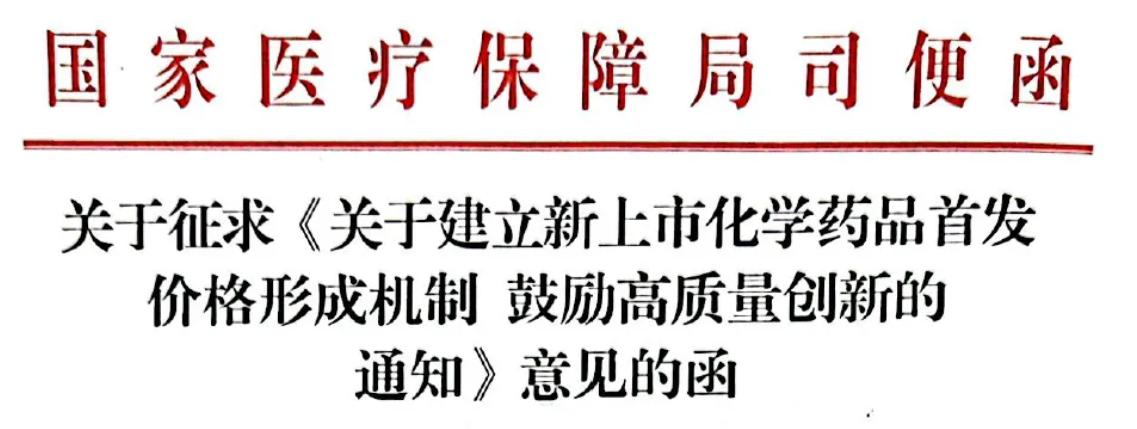Quantifying Innovation: Three Key Signals from NHSA's Draft on New Chemical Drug Launch Pricing

On February 5th, the National Healthcare Security Administration (NHSA) took a significant step by soliciting opinions from related industry associations on a draft proposal. This proposal, titled "On Establishing a Mechanism for the Formation of Initial Prices for Newly Listed Chemical Drugs to Encourage High-Quality Innovation," is a crucial document that could signal the future direction for innovative drug pricing in China. However, it's worth noting that the draft has not yet been published on the official NHSA website.
The most significant development compared to the agency's last December launch pricing proposal is the NHSA self-assessment scale. It allows companies to quantify innovation, thereby influencing the launch pricing of their drugs.
Under the draft proposal, when newly listed chemical drugs are first declared for listing on the provincial drug procurement platforms, companies have the option to self-evaluate. They can do this by referring to the evaluation scale published by the medical insurance agency, which covers aspects of pharmacology, clinical value, and quality of evidence. Based on the scores, companies can then categorize their drugs into high, medium, or low groups.
A higher score not only signifies a greater perceived innovation value of the drug but also grants the company more leeway in setting the initial price and access to additional policy support, such as green channel listing services and a pricing protection period. Conversely, drugs with lower scores must provide more comprehensive information to justify their pricing, potentially leading to more scrutiny and a longer listing process.
So, as China's reimbursement authority's evaluation of innovation shifts from qualitative to quantitative, some important questions arise. What does this mean for pharmaceutical research and development? How will it impact the future of drug pricing in China? And why is it necessary for the National Healthcare Security Administration to "guide" prices for new drugs that have not yet entered into national negotiation and are even further from centralized procurement?
These questions highlight the potential implications of the NHSA's proposal on the future of the pharmaceutical industry and innovative drug pricing in China, making it a topic of significant interest and discussion.

Fig 1: NHSA Notice "On Establishing a Mechanism for the Formation of Initial Prices for Newly Listed Chemical Drugs to Encourage High-Quality Innovation"





